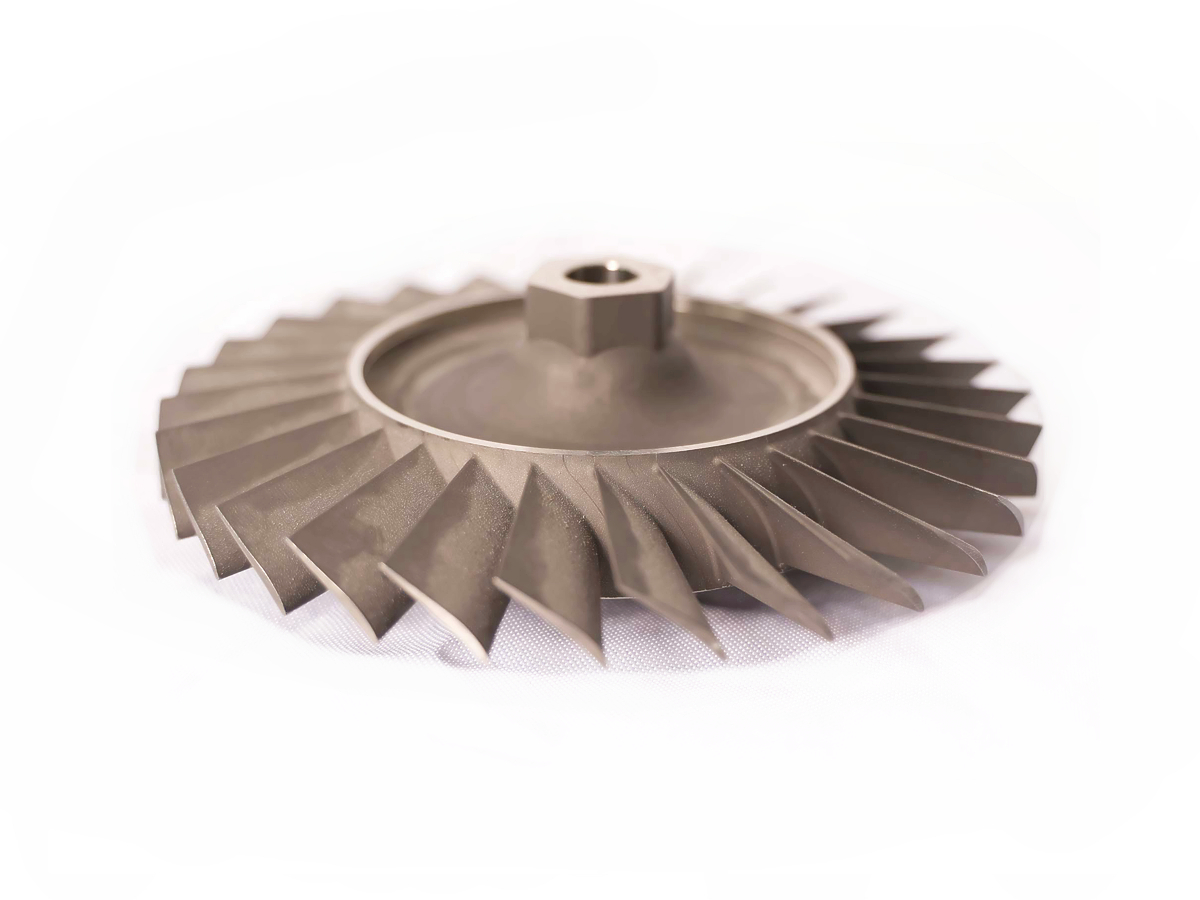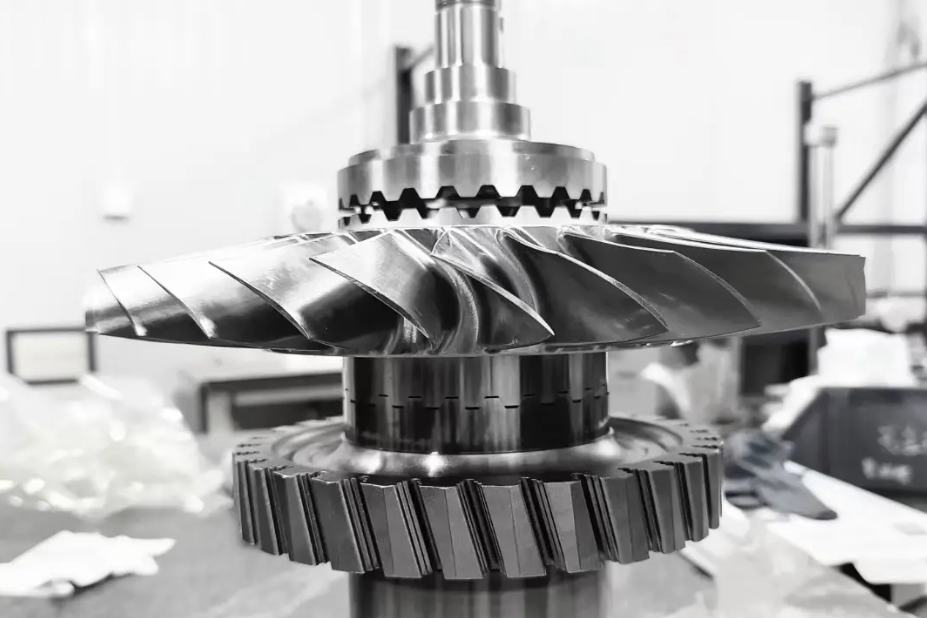What heat treatment processes are commonly required after machining superalloy components?
Heat treatment of superalloy components after machining is a critical, non-negotiable step to achieve the target mechanical properties, dimensional stability, and service life required for extreme environments. Unlike simpler alloys, superalloys like Inconel, Waspaloy, and Haynes alloys are engineered for performance, and their microstructure must be precisely controlled through specific thermal cycles. The processes required are dictated by the initial material condition and the final performance requirements of the part.
The Essential Post-Machining Heat Treatments
Superalloys are typically supplied in an "annealed" or "solution treated" condition to make them machinable. After the part is shaped via CNC Machining, the following processes are commonly employed to unlock their full potential.
1. Solution Annealing / Solution Heat Treatment
This is often the first step in a multi-stage heat treatment cycle, especially if the part has undergone significant machining that may have introduced new stresses or work hardening.
Purpose: To dissolve secondary phases (like gamma prime [γ'] or gamma double prime [γ''] precipitates) back into the solid solution, creating a homogeneous single-phase structure. It also recrystallizes the grain structure and relieves all internal stresses from machining.
Process: The component is heated to a very high temperature (typically between 1700°F and 2150°F / 925°C and 1175°C, depending on the alloy, e.g., Inconel 718 is around 1750°F/955°C) for a specified time, followed by rapid cooling, usually by water quenching or forced air.
When it's used: As an intermediate step after rough machining before age hardening, or as a final treatment for components requiring maximum ductility and corrosion resistance over high strength.
2. Precipitation Hardening (Age Hardening)
This is the most critical strengthening mechanism for most nickel-based superalloys.
Purpose: To form a uniform dispersion of extremely fine, coherent precipitates (γ' or γ'') within the matrix. These particles impede dislocation movement, dramatically increasing the yield strength, tensile strength, and creep resistance at high temperatures.
Process: The part is heated to an intermediate temperature (typically 1300°F to 1500°F / 700°C to 815°C) and held for a prolonged period, often 8 to 18 hours, sometimes in multiple stages. For example, Inconel 718 undergoes a two-step aging at 1350°F (732°C) and 1150°F (621°C).
When it's used: As the final heat treatment for virtually all high-strength superalloy components used in the Aerospace and Aviation and Power Generation industries. It is performed after solution treatment and all machining is complete.
3. Stress Relieving
A lower-temperature process focused solely on dimensional stability.
Purpose: To reduce residual stresses induced during machining without significantly altering the material's microstructure or mechanical properties. This is crucial for preventing distortion in service or during subsequent processing.
Process: Heating to a temperature below the solution treat range (often 1100°F to 1600°F / 600°C to 870°C) for a few hours, followed by slow cooling.
When it's used: As an intermediate step between roughing and finishing operations on complex, thin-walled components to allow stresses to relax before final machining. It can also be a final treatment for parts where full heat treatment is not required but stability is critical.
The Typical Sequence and Engineering Considerations
A standard workflow for a high-integrity component like a turbine blade or a critical engine mount would be:
Rough Machine: Part is machined to within ~0.040-0.080" (1-2mm) of final dimensions from annealed stock.
(Optional) Stress Relieve: To minimize distortion from roughing cuts.
Solution Treat: To homogenize the structure and dissolve precipitates.
Final Machine: Using Precision Machining Service to achieve final dimensions and surface finish.
Precipitation Harden (Age): The final step to achieve the required strength. Note: Aging causes minimal dimensional change, making it suitable after final machining.
Crucial Engineering Notes:
Surface Integrity: Superalloys are highly susceptible to surface contamination during heat treatment. Elements like sulfur, lead, or even zinc from markings can cause severe embrittlement. Parts must be meticulously cleaned, and heat treatment should be performed in a clean, well-maintained furnace, often with a protective atmosphere or vacuum.
Quenching: The rapid quench from solution treatment is necessary to maintain the supersaturated solid solution but can introduce new stresses. For complex geometries, controlled quenching rates are essential to prevent cracking.
Industry Specifications: All heat treatments must adhere to strict industry and customer specifications (e.g., AMS, MIL-H, proprietary engine manufacturer specs). The specific time-temperature parameters are sacrosanct for achieving the desired properties in these high-value components.



